‘Self-published’ is not a word I use proudly when referring to my work. Independently produced books are – still – frequently seen as inferior to those that are traditionally published. But the number of my self-published colleagues who are creating outstanding children’s books made me think: why is there a stigma attached?
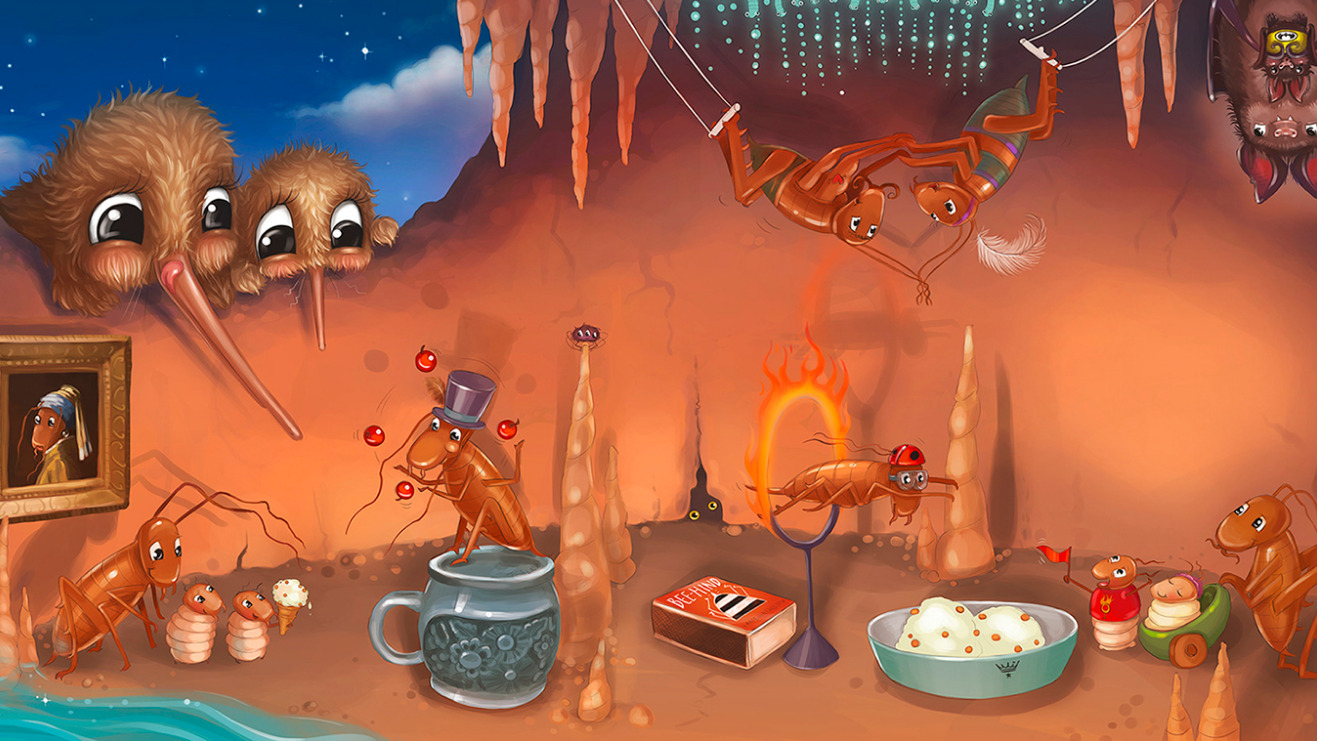
There is an increasing number of professional and innovative authors and illustrators in New Zealand who are choosing to self-publish. Many of them produce well-edited, cleverly designed, beautifully illustrated, bestselling and award-winning works. Their books are often not picked up by traditional publishers due to the risk of a low financial return, or a market that is seemingly not big enough. I set out to talk to some of those doing it well.
Many of them produce well-edited, cleverly designed, beautifully illustrated, bestselling and award-winning works.
One of the original success stories
Mark and Rowan Sommerset of Dreamboat Books were one of the first New Zealand authors to have a bestselling self-published children’s book, with Cork on the Ocean. I wondered what inspired them to self-publish their range of popular, beautifully produced books. Their books have been subsequently picked up by multiple publishers offshore (and in one case, somewhat uniquely in New Zealand, being picked up by a trade publisher here after becoming a self-published bestseller).
‘The main factor that motivated us to self-publish was the idea of making a living out of doing what we would love to do. It is uncommon to make a decent income as an author or illustrator based on traditional publishing arrangements and royalties alone. Self-publishing a book means a bigger slice of the pie, but it’s riskier too. There was always the very real prospect that the books we created wouldn’t sell. Fortunately, we were just naïve and determined enough to not let that possibility put us off. With [wife and designer] Rowan’s considerable experience and skills as a graphic designer and my interest in running our own business (as well as writing stories), we felt we could give it a shot.
‘Another key motivation was our desire to live a more artistic way of life together, outside of mainstream culture and the 9-to-5 lifestyle, and self-publishing seemed to offer an opportunity to do that.’
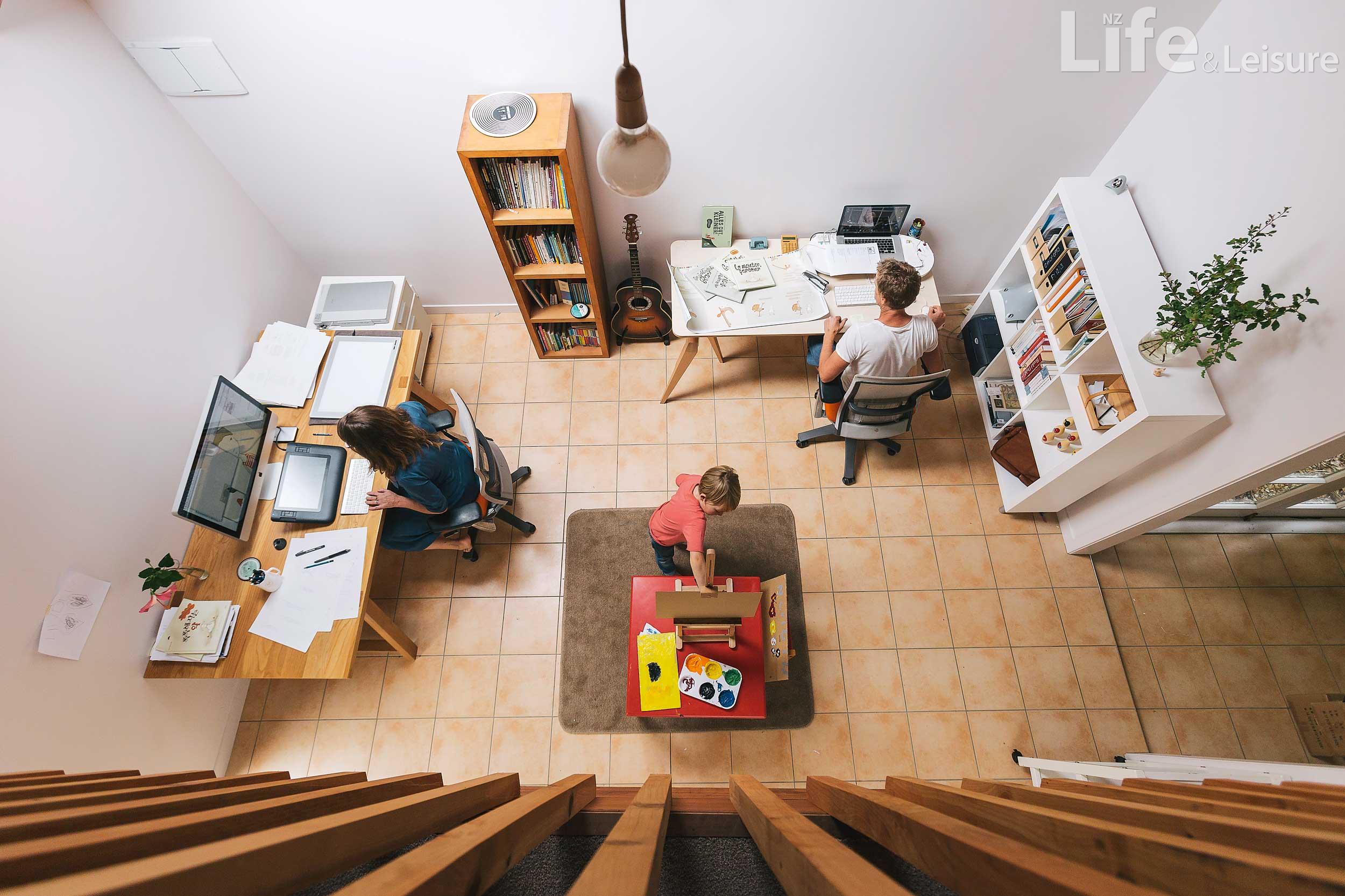
Self-publishing a novel
Sarah Johnson is a traditionally published author who has recently authored her first self-published title, The Bold Ship Phenomenal. The title was a finalist in the 2016 New Zealand Book Awards for Children and Young Adults, and was a Storylines Notable Book Award winner. I asked Sarah if she had any advice for authors who are trying to decide which publishing route is best for them. She said: ‘The reality is that for many authors and illustrators it’s not so much about choice, but about what their options are, at this point.’
‘The reality is that for many authors and illustrators it’s not so much about choice, but about what their options are…’
‘Self-publishing has created a new model for book and story-making, akin to the one that has long existed for the visual and dramatic arts, and has developed over the last decades for music. This is liberating, but also creates additional responsibilities for the author and illustrator. Whatever avenue they take, I think the focus for authors and illustrators must remain the same: on producing the best possible work that they can. For self-publishers, the additional responsibility is then to present it to the world in the best possible format they can.’
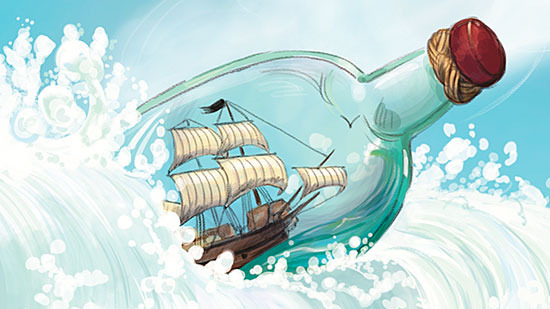
Another self-published author doing extraordinary things for our young readers is James Russell, who began his self-publishing journey in 2012. He is pushing the boundaries of traditional writing, using augmented reality within his Dragon Brothers trilogy of picture books and the new children’s novel, The Dragon Defenders. His trilogy has recently been picked up by US-based publishing company Sourcebooks, and Chinese company China Youth Press. James included AR content in his books, something reasonably unusual even in these tech-connected times.
‘I took a risk adding augmented reality content to my books. It was a big investment, but I’m pretty sure it helped to secure my US book deal and it definitely adds an extra dimension. There’s no doubt it’s very attractive to children – and daddies, I’ve found – who generally gasp with surprise and jostle each other out of the way to get a look. There’s certainly that novelty factor, but I’ve also been really pleasantly surprised to get a huge amount of feedback from parents saying it has helped their reluctant readers pick up my books. People are choosing it for kids who are dyslexic, or struggle to find the right book. The combination of a fast-paced story and the AR content is striking a chord. ‘
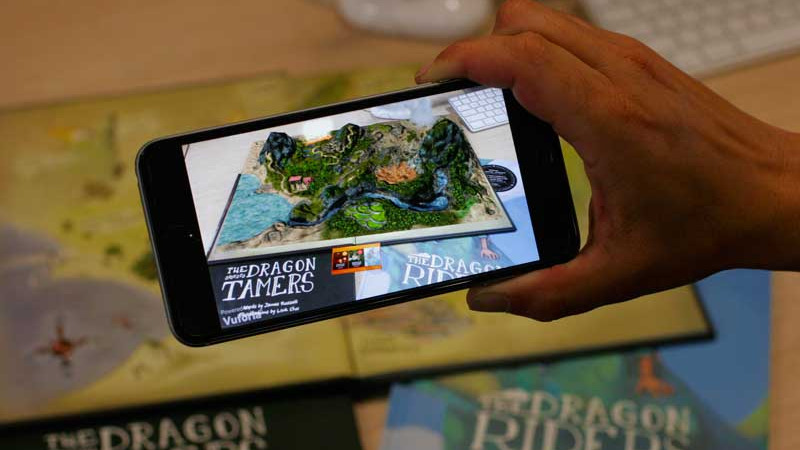
Untapped markets
One area where self-publishing is proving particularly valuable is in producing learning tools that may not otherwise exist. Sharon Holt’s Te Reo Singalong series, illustrated by Deborah Hinde, has won two educational publishing awards and a Māori language award. Promotion and sales have become a full-time job for Sharon and her husband Alan. I spoke to Sharon about how the decision to self-publish the series came about.
‘I was writing books in English for educational publishers when I started to learn te reo Māori through Te Wānanga o Aotearoa. I began using the language in the kindergartens and schools where I was relieving. It wasn’t long before I discovered that there were very few Māori language resources that were easy for teachers to use, so I decided to create some myself. I sent prototypes of the books to several publishers, but nothing happened. Eventually, I decided the idea was too important to drop, so I took the plunge and self-published.
‘I think self-publishing is best done by people with a lot of energy who have found a gap in the market, have done their homework and realise the huge commitment it takes to publish a book and then market and sell it.’
‘Self-publishing is best done by people with a lot of energy who have found a gap in the market…’
Freedom to work on craft
Deborah Hinde is a traditionally published children’s book illustrator, who has recently authored and self-published her first picture book, Hare. She also illustrates a number of Sharon Holt’s series. As she has illustrated over 65 trade titles, I was interested to learn why she went down the self-publishing route herself.
‘After years of working closely with traditional publishers I was inspired to write my own stories. I wanted to challenge myself and use the skills I had developed to create a work totally of my own making. Self-publishing gives you full control over how the book will look, and the freedom to drive the creative work involved.
‘I worked for two years on Hare, as it was important for me to get it completely right. Books I’ve illustrated for traditional publishers often have tight time-frames which can limit artistic experimentation. Having an extended period of time to work on the book allowed me to develop a style different to any of the other books I had worked on. Writing and illustrating was the easy part. The post-production marketing and distribution requires effort, stamina and a thick skin.’
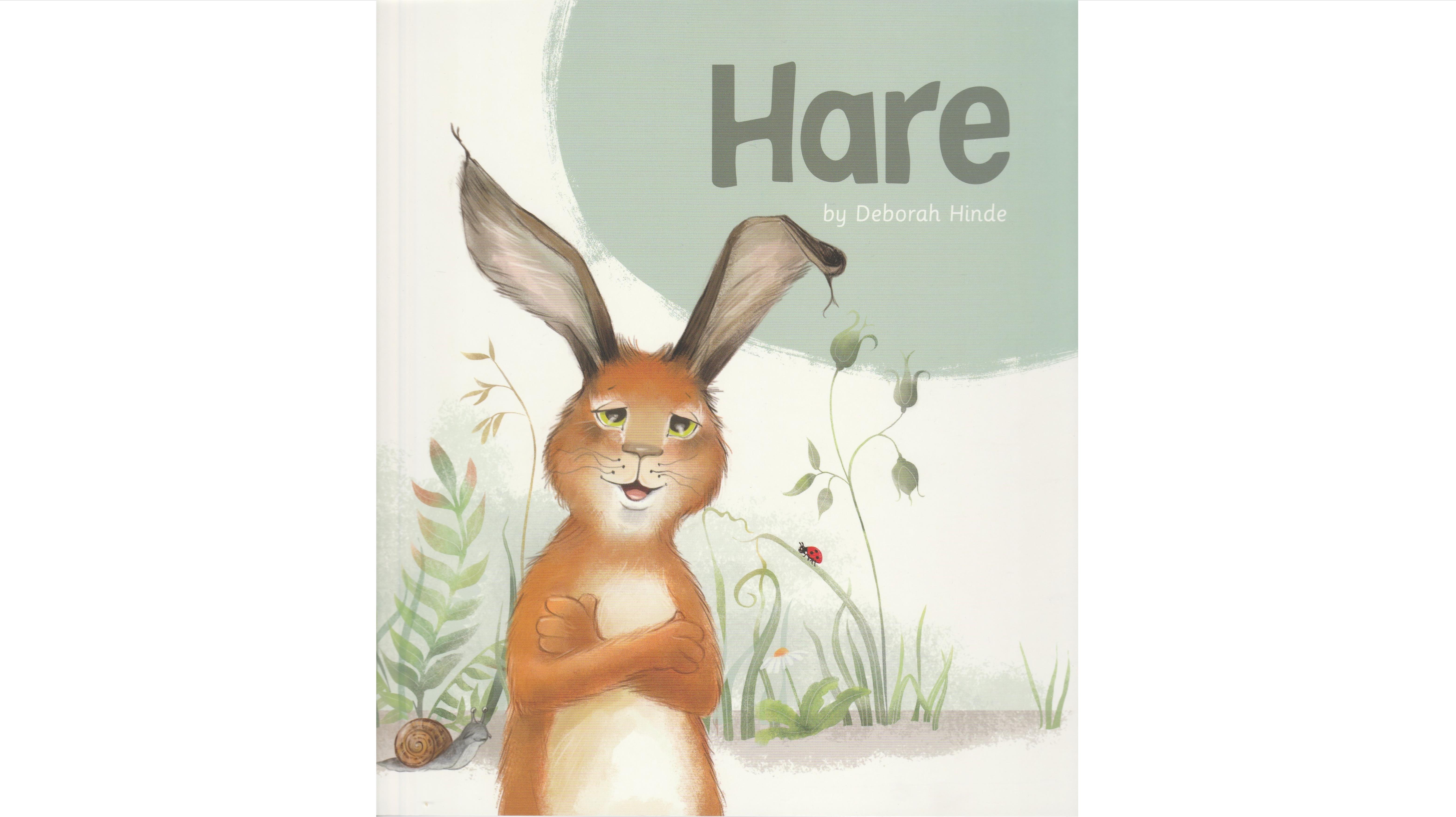
Like Deborah, I work with traditional publishers – and I love and appreciate the work I do with them. They pay me for my time. They look after me and the book I am producing. They take care of design, editing, distribution, marketing, point-of-sale and promotion after it has been created. They also act as gate-keeper, so I know the book will be of high quality. And, did I mention, I actually get paid? I think it is wise to always consider the traditional publishing road first. Independent publishing is certainly not easier than traditional publishing.
[Traditional publishers] take care of design, editing, distribution, marketing, point-of-sale and promotion after it has been created.
Total control
In a similar way to all of the self-published authors I spoke to, personally, I found many advantages to writing, illustrating and self-publishing my own series of kids’ books. I enjoy the freedom to make the big decisions, the ability to control my own project budget, and handpick who I have on my team. I can decide where the books are printed, what time of year they are released, and what quality and finish they will have. And, similar to Mark and Rowan Sommerset, I have a background in educational resource design, marketing and business development, so I enjoy the challenges and freedom that self-publishing provides.
The biggest factor in my decision to publish independently was how much I could afford to give to the charity I wanted to support, Kiwis for Kiwi. To date, over 100,000 books have been printed in the Kuwi the Kiwi series, and through book sales, we have raised more than $10,000 for the Kiwis for Kiwi charity. From those numbers, I do feel like self-publishing was the right path for these books.
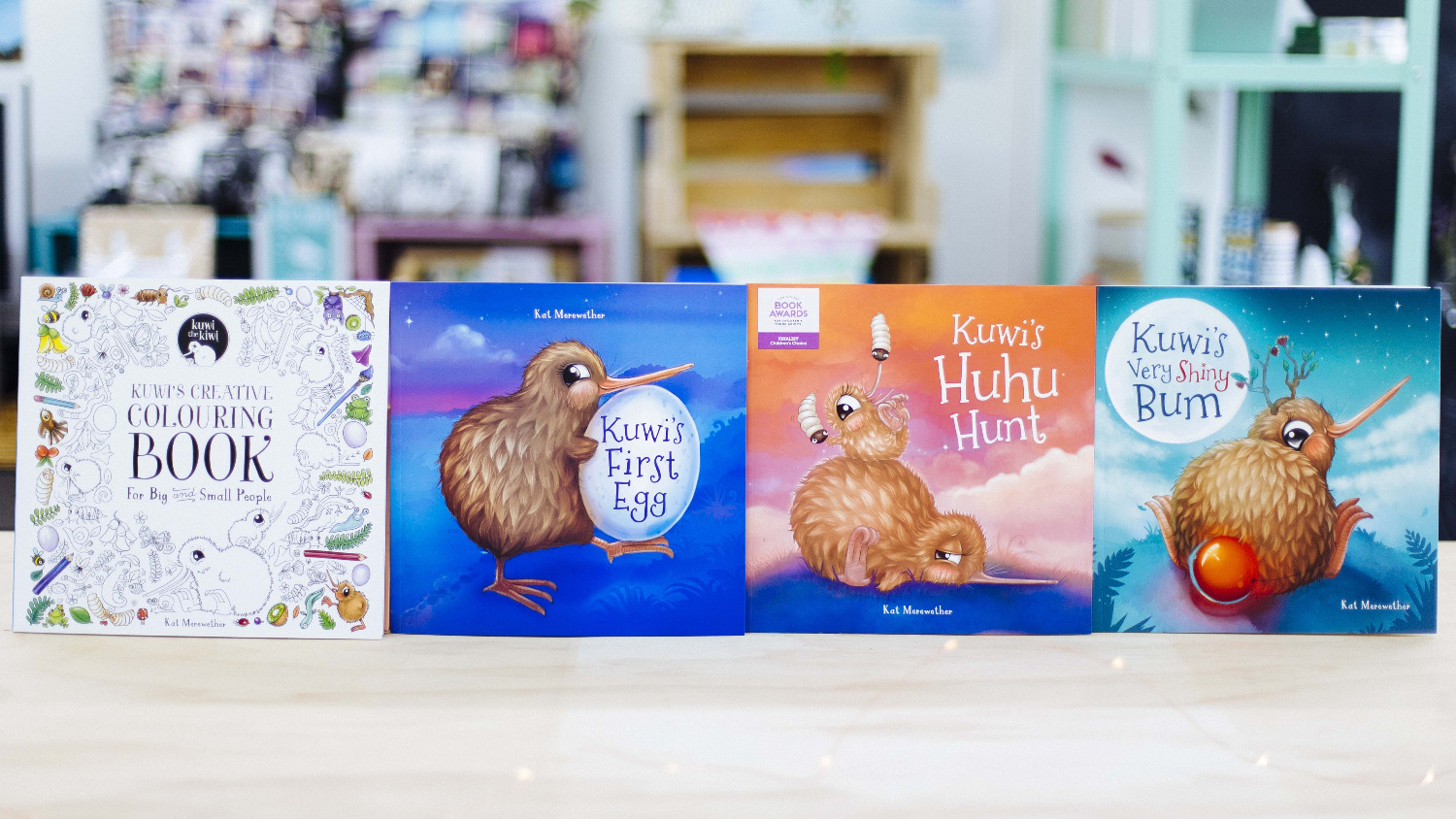
But: everything costs money
In order to create a high-quality product, a self-publisher needs to financially invest a considerable amount. Expenses include a professional assessor and editor. Often, you’ll need to hire an illustrator, and pay them ongoing royalties. Then there is the cost of book design, printing, shipping, customs agents, import tax, distribution, promotion, storing books and, if you are really lucky, the cost of reprinting. You also need to price your book in a very competitive market, sometimes without knowing the true cost of the end product.
There is the cost of book design, printing, shipping, customs agents, import tax, distribution, promotion, storing books…
If you don’t budget, you run the risk of (in essence) paying people to buy your books. This happens when the cost of producing the book (plus all of those hidden costs), works out higher than the return you get from your book. Publishers occasionally have books that don’t pay for themselves, but their many other successful titles help to float the less successful ones. Self-published authors don’t have this buffer.
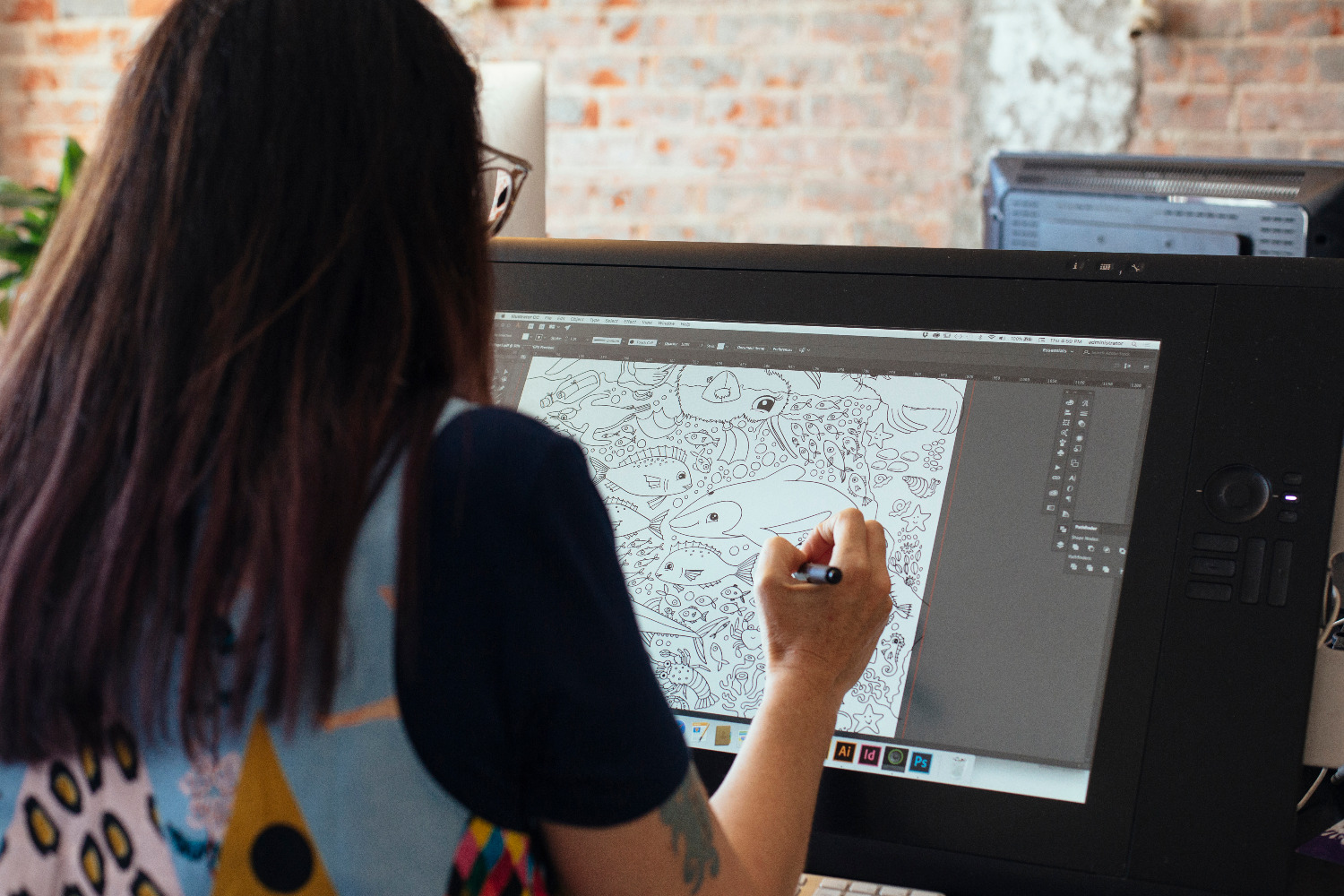
Let’s be honest, there are also self-publishers that don’t consider all the aspects you must get right when publishing a book. I have seen books that are poorly edited (if edited at all), cheaply illustrated, badly designed, and poorly printed and bound. If submitted to publishers, these books may have been rejected, or nicely moulded, edited and polished on their behalf. These books frustrate me: it is these books that make me dislike calling myself a self-published author.
The pathways to publishing are constantly evolving. As a whole, if a self-publisher has an interesting, well-written and unique idea, a professional team behind the scenes, and the time and funds to invest in the success of the book, the literary world is most definitely a richer place with their work in it.

Kat Quin
Kat Quin's passion for all things children's books and illustration is apparent throughout all her works to date. Author and illustrator of the award-winning Kuwi the Kiwi series, Kat has expanded her range to include Flit the Fantail, Kiwicorn, and most recently, the #1 best-selling He Papakupu Whakaahua - Māori Picture Dictionary.
Gaining inspiration and critique from her sparkling offspring, her honest accounts from a birds eye view are endearing to readers of all ages. She is quintessentially Kiwi, which erupts through her quirky illustrations.
Kat extends herself to play an ambassador role for the very appropriately chosen, Kiwis for kiwis, which supports human Kiwis to support native kiwi conservation projects, New Zealand wide. To date, she has raised over $40,000 for the charity, through book sales.



